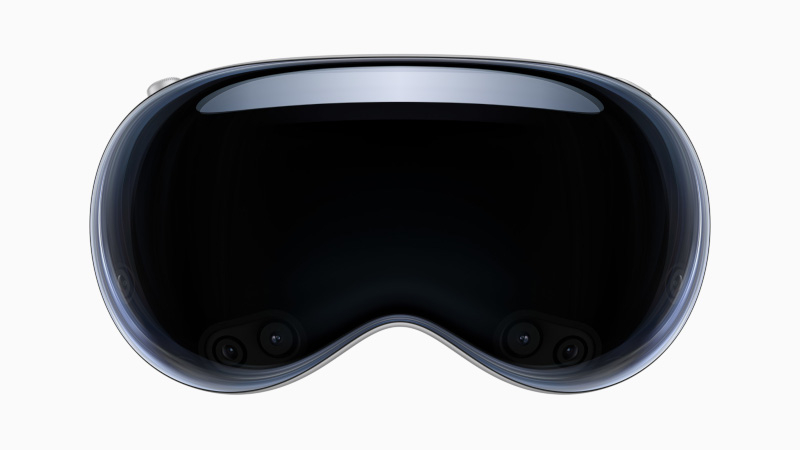Apple is making a big push to get developers to create apps for its Vision Pro mixed reality headset, which launched in Europe and Australia today. Software for the new device appears much slower than applications for the iPhone and iPad at the time of their release, the Financial Times notes.

Image source: apple.com
The App Store launched in July 2008, and by the end of that year there were about 10,000 iPhone apps. In April 2010, sales of the first iPad started, and by the middle of the year there were more than 20,000 applications for the tablet in the store. The Apple Vision Pro went on sale on February 2, but there are currently “over 2,000” apps available for the headset. This is a natural state of affairs, because developers are more likely to invest time and money in platforms that have billions, rather than tens or hundreds of thousands of users, said Omdia analyst George Jijiashvili.
The $3,500 price tag for the Apple Vision Pro is a powerful deterrent to the device’s growing popularity. This year, Apple will sell 350 thousand units of Vision Pro, Omdia predicts, 750 thousand in 2025 and 1.7 million in 2026. By comparison, the company sold 20 million iPads in its first year. During the first quarter, Apple shipped 100 thousand units of Vision Pro, according to IDC statistics – less than half of what Meta✴ sold with its Quest. In monetary terms, Apple has managed to capture more than 50% of the virtual reality headset market due to the high price of its device, but the actual success of the product will depend, of course, on the content available. And the number of new applications for Vision Pro has dropped sharply compared to January and February, according to data from Appfigures. Nearly 300 leading iPhone developers with tens of millions of downloads of their apps, including Google, Meta✴, Tencent, Amazon and Netflix, have yet to release apps or services for Vision Pro.

Those who have started releasing applications are guided by different considerations. Some are betting that consumers who can afford an expensive headset are more likely to spend money on apps for it. Others play for the long term: if you take a position on the latest Apple platform in a timely manner, you can count on profits in the coming years. Established content creators praise the Vision Pro, but complain that its audience is small: for the economics of content production to work, “we need this device to be in many homes.” They are counting on a low-cost version of the headset, which is expected in the next year or two.
And, of course, the issue of compatibility remains important. For example, developing a project management app called Things for Vision Pro, which sells for $30, has already paid off because Apple has released tools that make it easier to adapt apps originally written for the iPhone and iPad. But the creators of the VR music game Synth Riders, which is listed in the Apple Arcade catalog, had to make more efforts: after the PlayStation VR and Quest versions, they had to add hand tracking because the Vision Pro does not have included controllers.